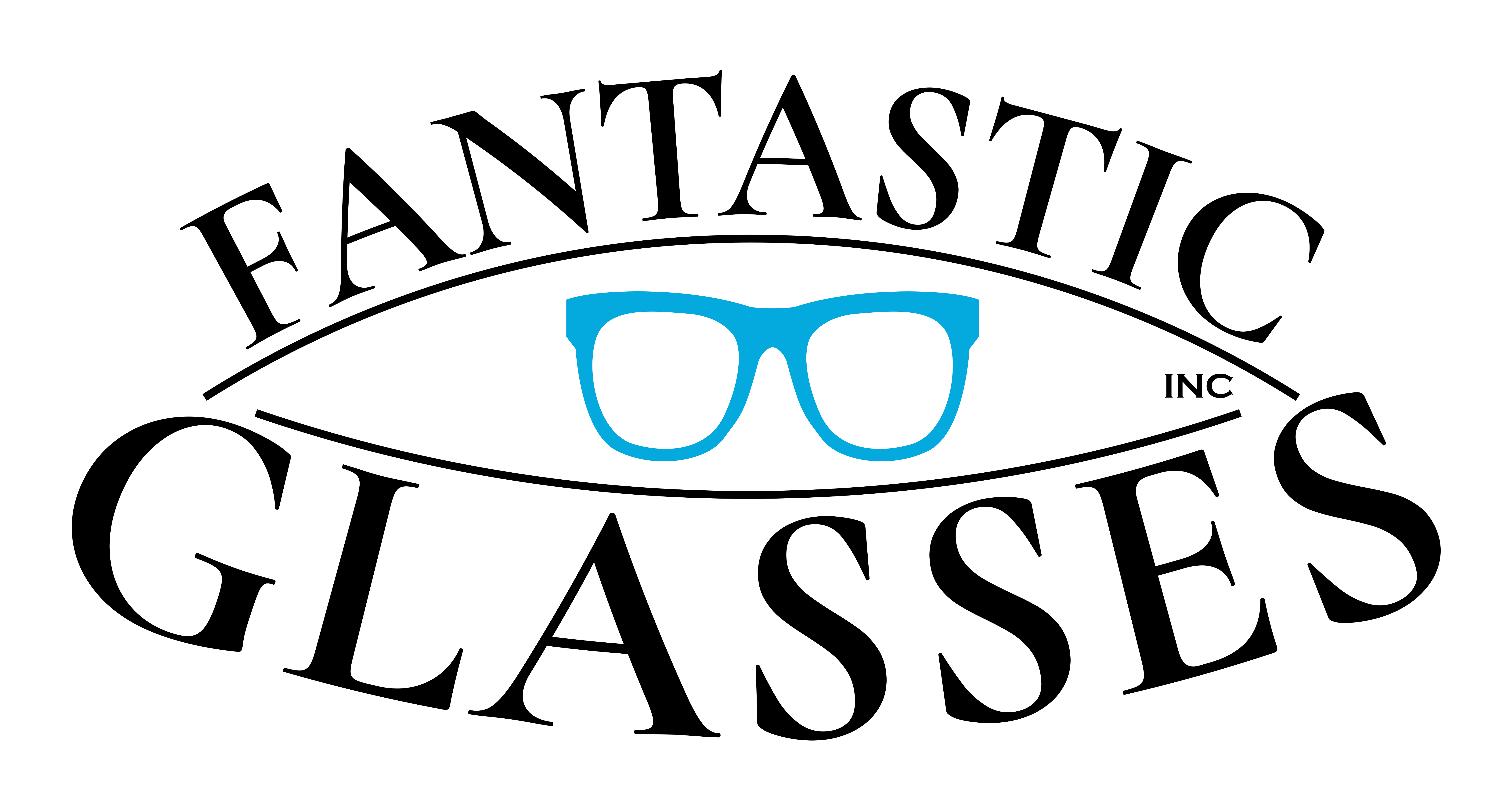The Role of Eye Health in Academic Success: Addressing Vision Problems in Students
As students return to their academic routines, it’s essential to acknowledge the often-overlooked factor that can significantly impact their success: eye health. Vision problems are more common than you might think, and they can have a profound effect on a student’s ability to learn and thrive academically.
The Prevalence of Vision Problems
According to the World Health Organization (WHO), approximately 80% of children worldwide have some form of vision impairment, with many cases going undiagnosed or untreated. In Canada alone, it’s estimated that over 2 million people aged 20-64 have uncorrected refractive errors, such as myopia (nearsightedness) or hyperopia (farsightedness). This staggering statistic highlights the need for increased awareness and attention to eye health in students.
The Impact of Vision Problems on Academic Success
Vision problems can significantly hinder a student’s ability to learn and absorb information. For instance:
* Students with uncorrected vision impairments may struggle to read or complete assignments, leading to decreased academic performance.
* Eye strain caused by prolonged screen time can lead to headaches, fatigue, and decreased focus.
* Untreated conditions like amblyopia (lazy eye) or strabismus (crossed eyes) can impede a student’s ability to develop normal visual processing skills.
Addressing Vision Problems in Students
Fortunately, many vision problems are easily treatable with corrective measures such as glasses, contacts, or surgery. By identifying and addressing vision issues early on, students can:
* Improve their academic performance through enhanced visual clarity.
* Enhance their overall well-being by reducing eye strain and fatigue.
As a parent, teacher, or student yourself, it’s crucial to prioritize eye health and take proactive steps to address potential vision problems. Here are some simple tips to get you started:
1. Schedule regular eye exams: Encourage students to visit an optometrist or ophthalmologist at least once a year for comprehensive eye exams.
2. Adjust your reading habits: Encourage students to follow the 20-20-20 rule: every 20 minutes, look away from their screen and focus on something 20 feet away for 20 seconds.
Conclusion
In conclusion, vision problems can have a significant impact on academic success. By prioritizing eye health and addressing potential vision issues early on, students can unlock their full potential and achieve academic excellence. As a leading provider of exceptional eye care services, Fantastic Glasses is committed to helping students see the world more clearly.
References
1. World Health Organization (2015). Visual impairment and blindness: Facts and statistics.
2. Centers for Disease Control and Prevention (2020). Vision Loss in Children and Adolescents.
References:
https://fantasticglasses.ca


